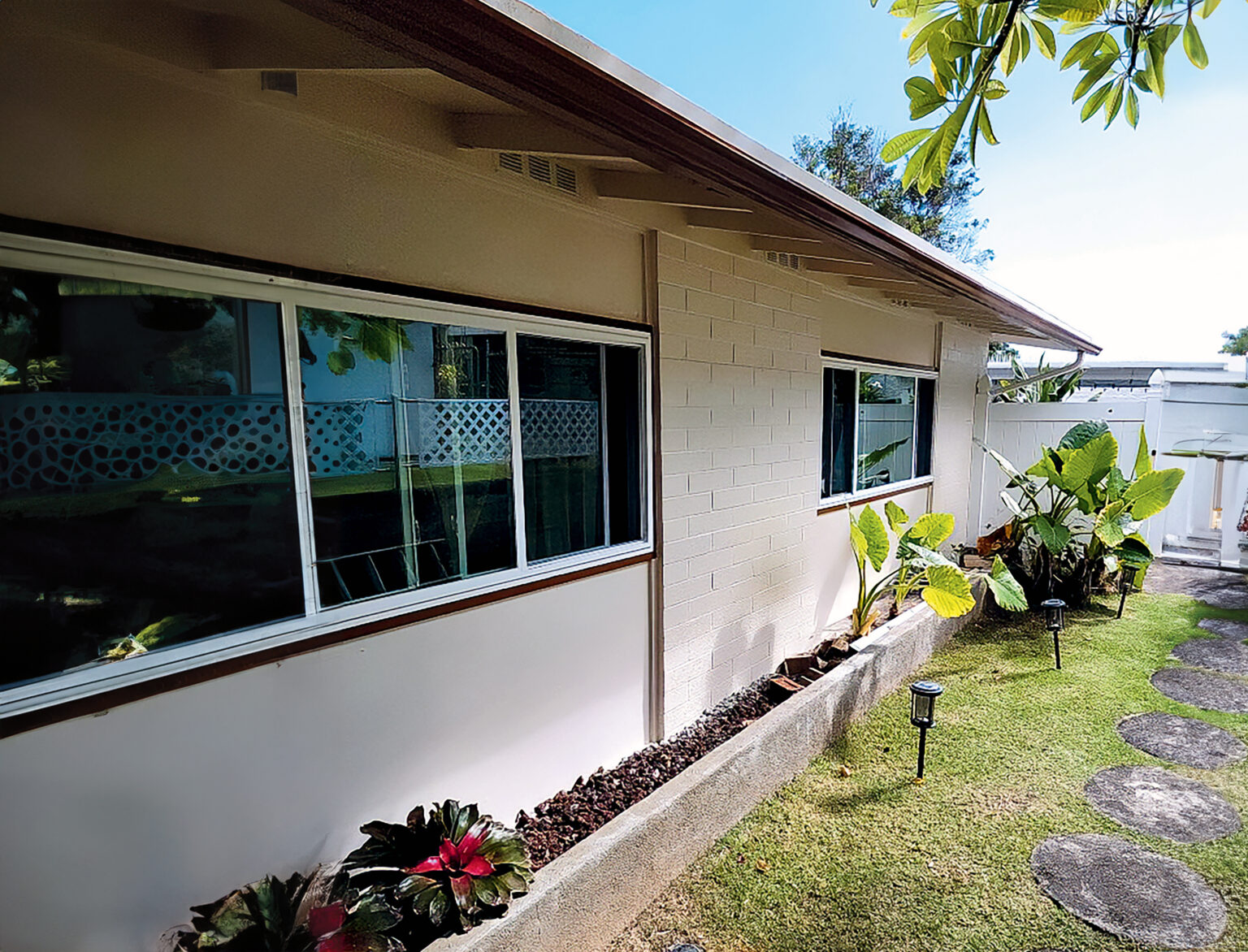As 2024 draws to a close, Painting and Decorating Contractors Association of Hawaii Executive Director Dean Nagatoshi says the industry is in pretty good shape. “So far, business has been steady,” he says, “but overall, about five percent less than this time last year.”
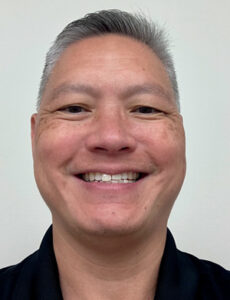
Sheldon Ibara, JD Painting & Decorating Inc. business development manager, feels that while there’s always room for improvement, he’s happy with JD Painting’s lineup.
Projects in 2024-2025 for JD Painting include Building 300, a task force facility at Helemano Military Reservation; 63 apartments at Palolo Homes; 60 units at Kauhale at Kōloa Village on Kaua‘i; the first phase of 96 units at Uahi Ridge in Līhu‘e on Kaua‘i; Maui’s Hoku‘ula in Hali‘imalie, which features 196 single-family homes; and Maui’s 20,000-seat War Memorial Stadium.
Ibarra says JD is also about to wrap on a repainting of Maunakea Towers using PPG Acri-Shield Max Exterior Satin on the exterior.
Looking ahead, Ibara is “optimistic that the AOAO repaint market will resurge in 2025.”
Nagatoshi also feels next year’s residential market is strong.
“Most of the new residential high-rise buildings in Kaka‘ako and Ke‘eaumoku [currently underway] should provide a stable workload into 2025,” he says.
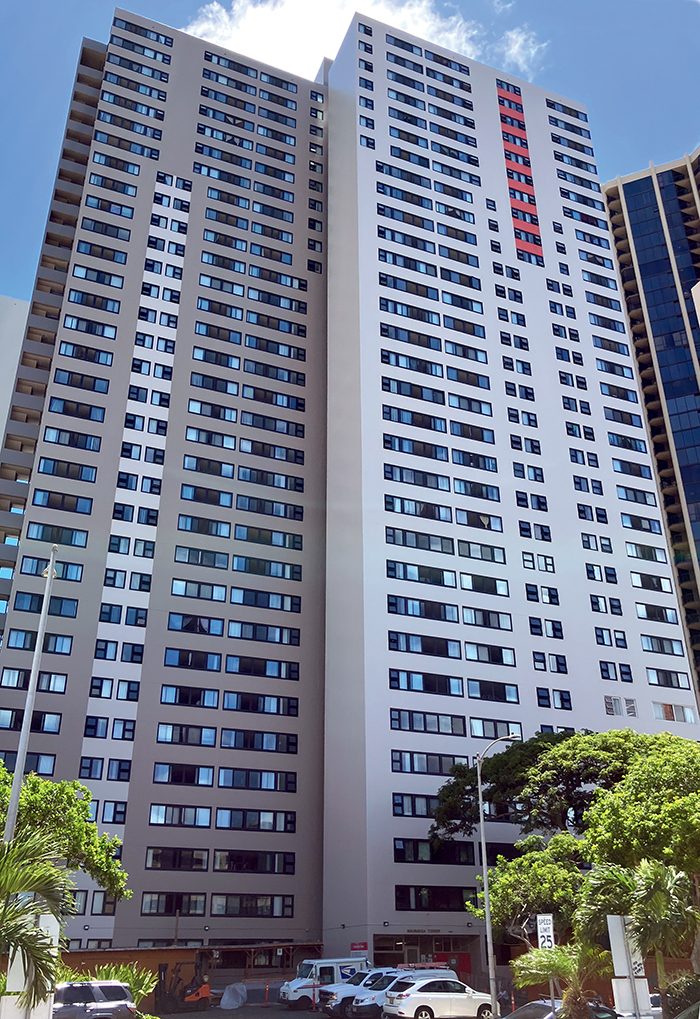
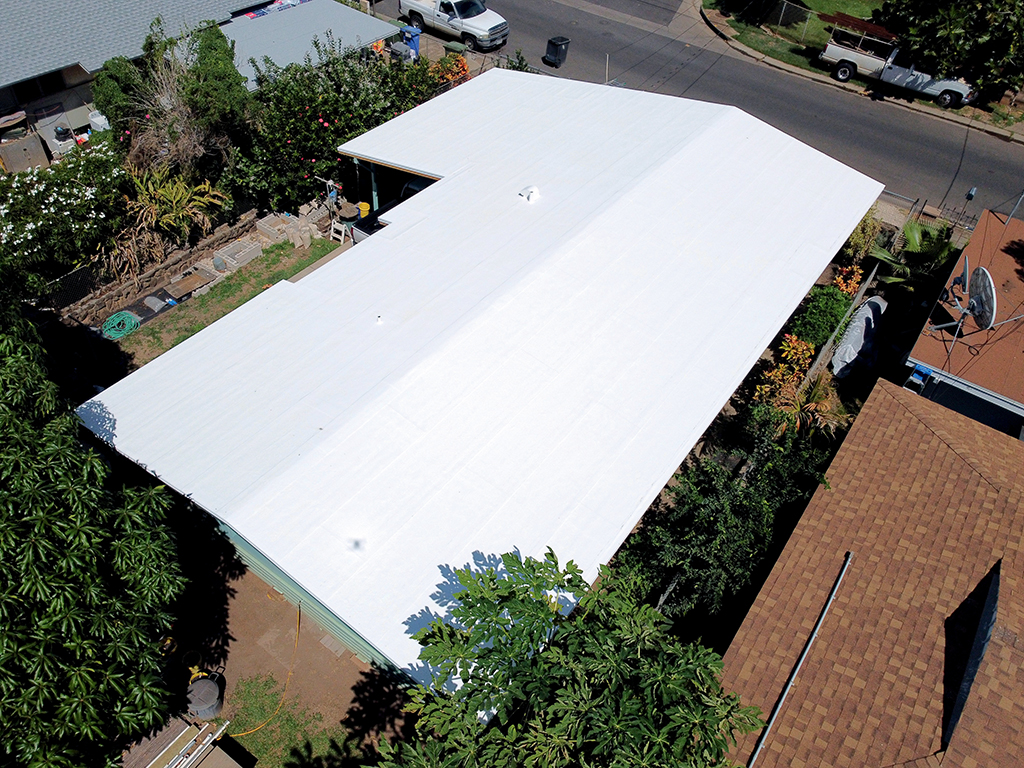
Kapili Solor Roofing & Painting’s white acrylic roofs can lower maximum indoor temperatures of non-air-conditioned residences by 2.2 to 5.9 degrees. PHOTO COURTESY KAPILI SOLAR ROOFING & PAINTING

Radiance-reflective paints mean walls no longer have to be all-white, like this classic Mediterranean-style villa.PEXELS-FOMSTOCK-COM PHOTO
TOP PERFORMERS
OF 2024
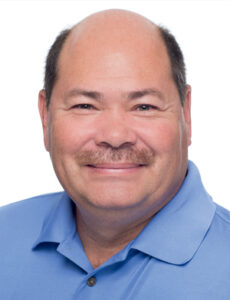
Larry Young, vice president and certified project manager at Commercial Roofing & Waterproofing Hawaii Inc, says Commercial Roofing’s 2024 reflective-roof products include GAF’s Hydrostop roof system, Sikalastic polyurethane roof resins/coatings and Tremco polyurethane roof coatings.
Brennan Leong, Kapili Solar Roofing & Painting president, says Kapili’s 2024 reflective-roof performers are white acrylic and white silicone coatings from Gaco and All Weather Surfaces.
These products “can stay more than 50 degrees Fahrenheit (28 degrees centigrade) cooler [than non-reflective products] under the same conditions, reducing the heat absorbed by the building,” Leong says.
The 2018 International Energy Conservation Code (IECC), amended for Hawai‘i, sets standards for solar reflectance on all building surfaces.
“Hawai‘i was the first state to add cool walls to its IECC,” says Howard Wiig, Hawai‘i State Energy Office codes and standards program manager.
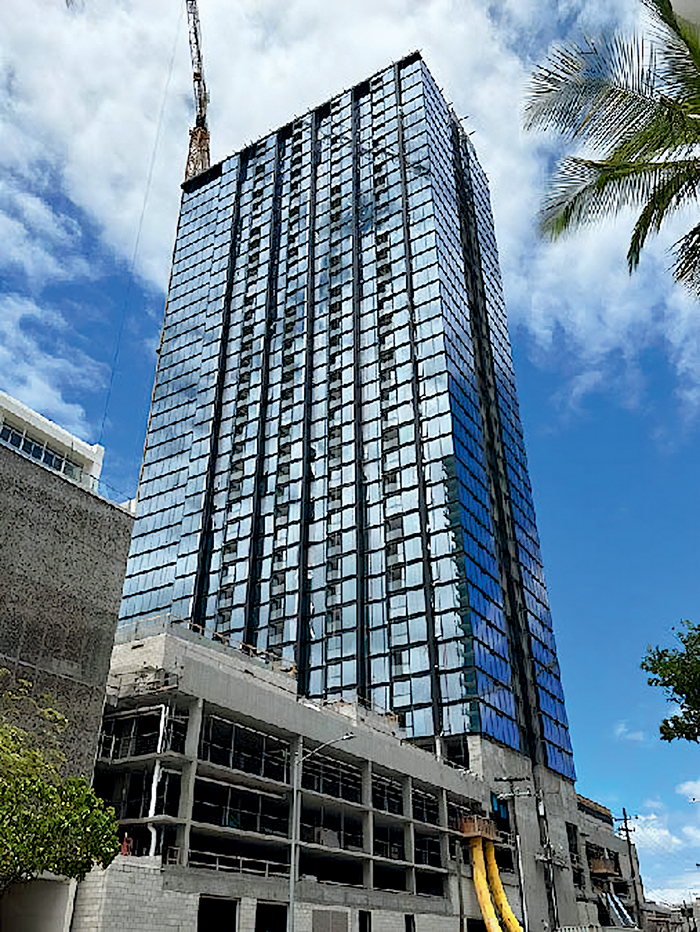
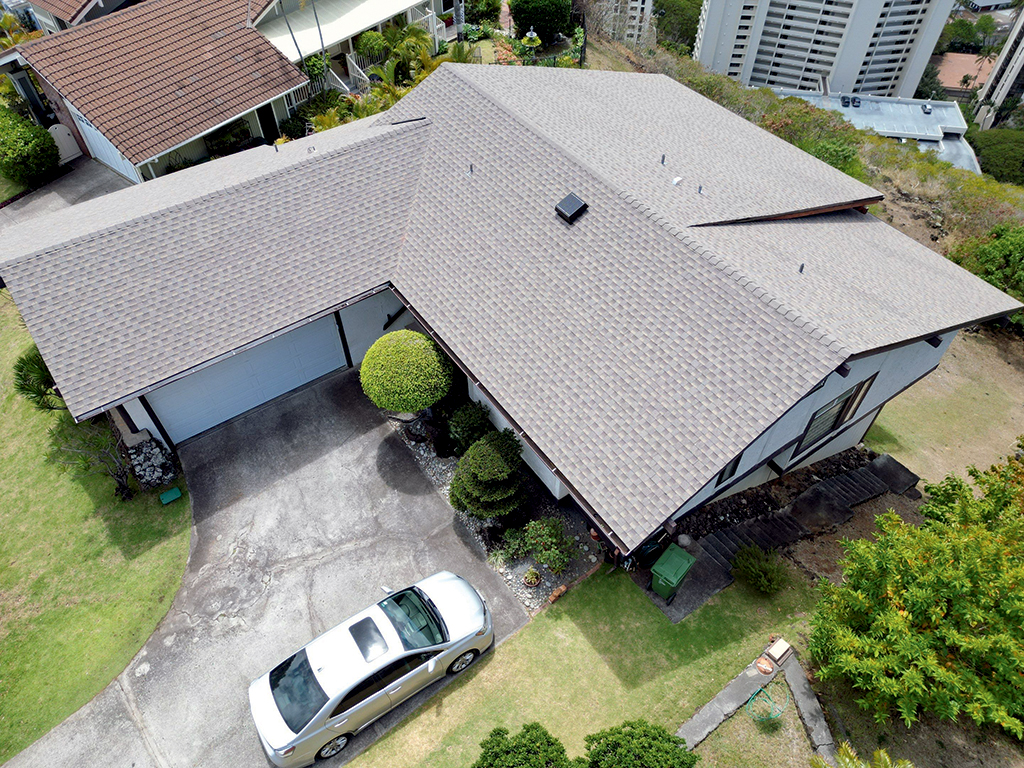
Kapili Solar Roofing & Painting uses GAF Cool Series Barkwood shingles on a recent project. PHOTO COURTESY KAPILI SOLAR ROOFING & PAINTING
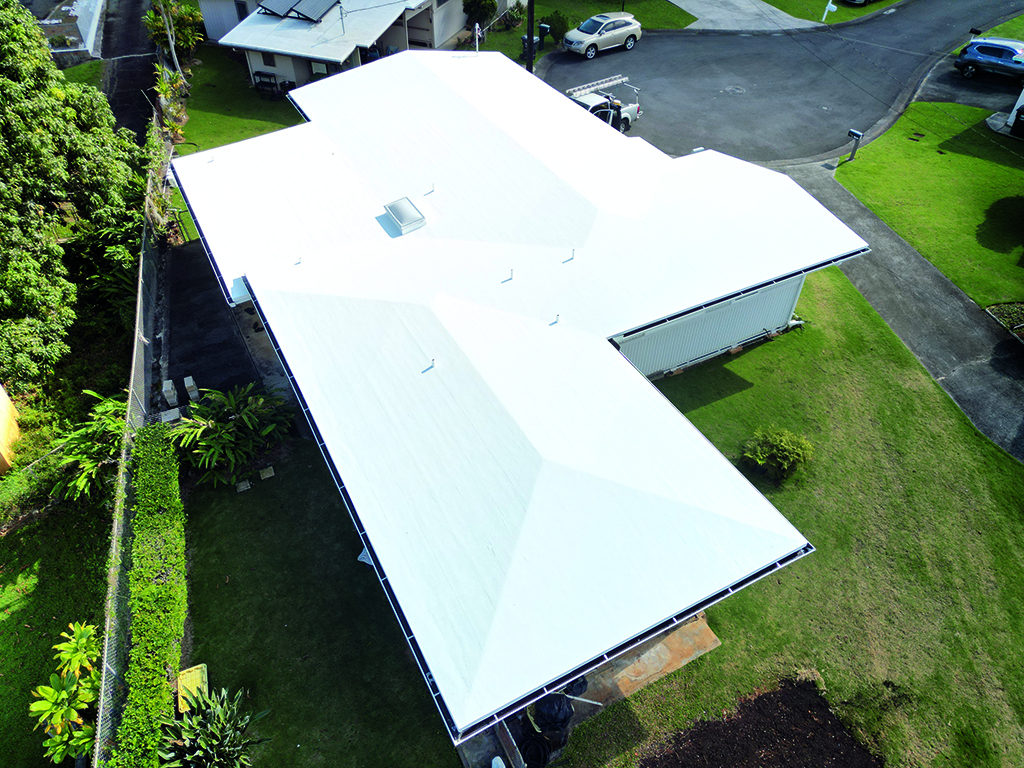
Kapili Solor Roofing & Painting’s white acrylic roofs can lower maximum indoor temperatures of non-air-conditioned residences by 2.2 to 5.9 degrees. PHOTO COURTESY KAPILI SOLAR ROOFING & PAINTING
TECHNOLOGY OFFERS OPTIONS
While Hawai‘i’s reflective roofs are usually white, Wiig says that with modern painting technology, walls can now be painted in a wide spectrum of ‘cool’ colors — white, beige, gray, blue, red, green and near-black.
“‘Cool’ colors have the same appearance as standard colors but have higher SR in the near-infrared range,” Wiig says. “‘Cool’ colors’ ‘secret sauce’ is titanium dioxide and other minerals embedded in the paints.”
Some Kapili customers are requesting this type of paint on both roofs and walls, says Leong.
“We trust Cool Wall by All Weather Surfaces to deliver exceptional results. Cool Wall’s paint film … experiences less weathering over time. This translates into a longer-lasting finish, outlasting even the best traditional paints on the market [and] makes it an excellent choice for Hawai‘i’s challenging climate.”
“It’s reasonable to expect that more advanced … paint products will be available in Hawai‘i next year,” Leong continues. “Companies are increasingly focusing on creating products that not only perform better in extreme climates like Hawai‘i’s, but also contribute to long-term energy savings.”
‘Cool Walls, Cool Earth’
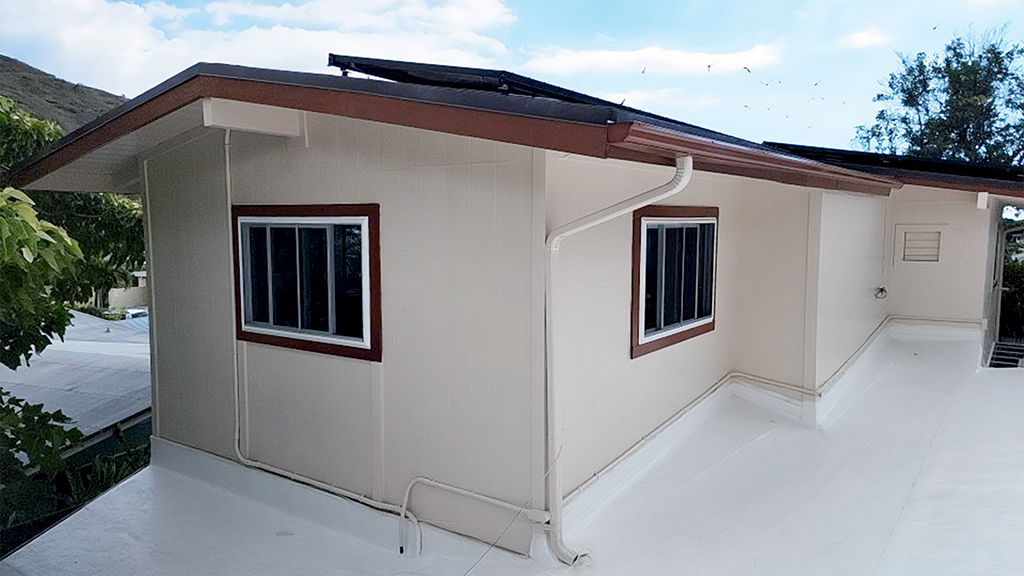
PHOTO COURTESY KAPILI SOLAR ROOFING & PAINTING

Howard Wiig, Hawai‘i State Energy Office codes and standards program manager, is author of “Cool Walls, Cool Earth,” a paper that summarizes solar reflectance (SR) and the Cool Roof Rating Council (CRRC) Wall Rating Program, which Wiig has helped guide and rates coatings based on SR values.
SR values will be front and center when Sarah Yuko Schneider, CRRC deputy director, leads “Boosting Climate Resilience in the Aloha State with Cool Surfaces,” a PBX2024 seminar held Oct. 2 at the Waikīkī Convention Center.
Wiig and Audrey McGarrell, LEED Green associate and CRRC project manager, recently answered a few questions via email.

QUESTION: Why the push for ‘cool’ walls?
Howard Wiig: By reflecting sunlight away from an exterior surface before it can be absorbed, solar radiation control keeps the exposed building surface cooler. Reduced heat flow means lower energy costs for the building owner. Reflecting sunlight away also diminishes the effects of high temperature and intense sunlight on immediate surroundings.
Q: What will be covered at PBX2024?
Audrey McGarrell: The basic science behind the passive cooling power of the building envelope. … The impacts of cool roofs and walls on energy use, occupant comfort and urban heat islands. [Schneider will also review] Honolulu’s updated cool roof and wall code requirements, as well as current LEED and Green Globes credits for heat island reduction and will demo a free online resource for identifying compliant products.

Q: How does the CRRC help Hawai‘i contractors?
McGarrell: The CRRC … helps roofers and painters find credible solar reflectance and thermal emittance data for many different product options. … The products have been independently tested using industry-vetted methods and verified by a neutral third party.
Hawai‘i builders can access the CRRC’s current list of rated products on the CRRC Rated Roof Products Directory and the CRRC Rated Wall Products Directory [at coolroofs.org].

